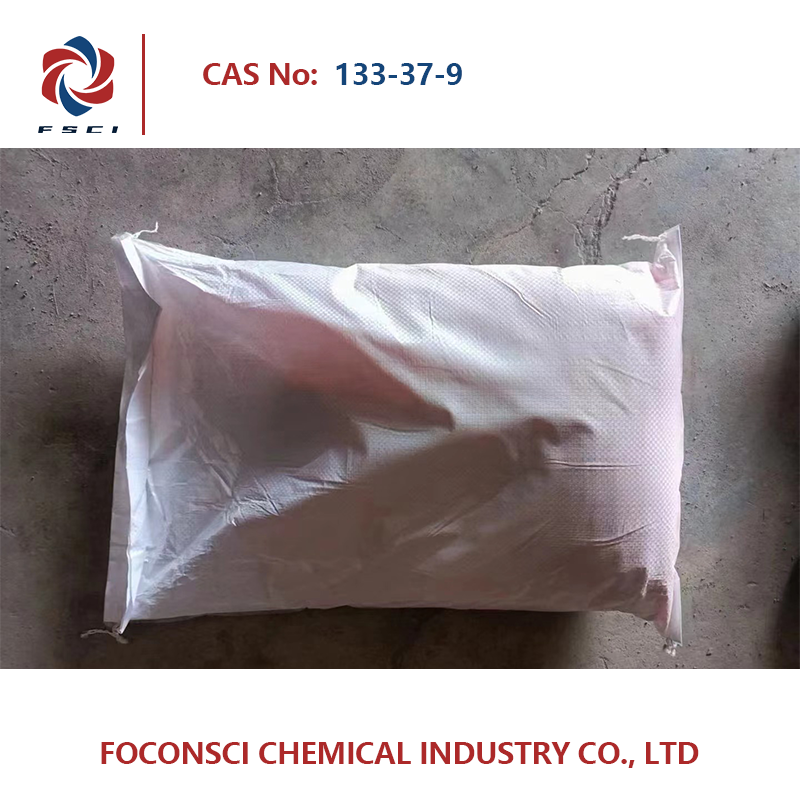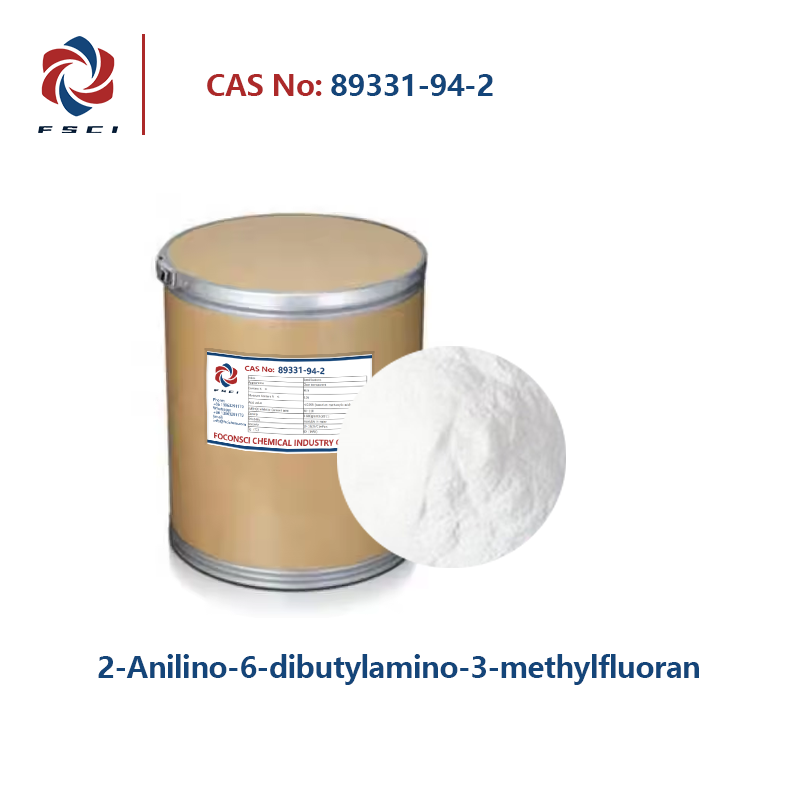DL-Tartraidd CAS 133-37-9
Enw Rymegol : Asam DL-tartaric
Cyfieithion enwau : (2S,3S)-2,3-dihydroxybutane-1.4-dioicacid;
2,3-dihydroxy-, (R*,R*)-(±)-Butanedioicacid; 2,3-dihydroxy-, (theta,theta)-(+/-) -butanedioicaci
Rhif CAS : 133-37-9
Ffurmul molynol :C4H6O6
Pryder Molekydar :150.09
EINECS Na :205-105-7
- Parametr
- Cynnyrchau Cysylltiedig
- Ymholiadau
Fformiwla strwythurol :

Disgrifiad y Cynnyrch :
|
Eitemau |
Manylefydd |
|
Cynnwys |
99.5~101.0 |
|
Arddangosedd |
Pudwr crystal gwyn |
|
Gwirfoddoli arbennig[a]D20℃ |
+12°~12.8° |
|
Metalausog (ar Pb) |
0.001 Uchaf |
|
Kalciwm (Ca) |
0.02 UCHAF |
|
Anhysbysiad ar ofni |
0.05 UCHAF |
|
Lost ar ysgyfarnu |
0.2 UCHAF |
|
Oxalat(C2O4) |
0.035 mwyaf |
|
Sylffat(SO4) |
0.015 uchaf |
|
Arsen(As) |
0.0003 Uchaf |
|
Hlorws (Cl) |
0.01 UCHAF |
|
Cyflymder |
Llwyddo'r profion |
Priodweddau a Defnydd :
Mae acidd DL-Tartaric (CAS 133-37-9) yn acid organeidd mewn fannau crysialwyr wen neu pudlen, gyda chist a phawb o ddim a chyflymder da.
1. Diwydiant bwyd
Defnyddir acidd DL-Tartaric fel addasiad ac amgynghoriad pH i osod y camdradd a thasteu bwyd.
2. Defnydd iechydol
Defnyddir acidd DL-Tartaric fel asiant lluosog i gadw camdradd pH ddiweddariad meddygol a gwneud yn siŵr eu digonrwydd yn y corff dynol.
3. Achos gyfrwng gosmetig
Defnyddir asam DL-tartaric yn y gosmeteg, yn bennaf fel rheolwr pH i sicrhau cynaliadwyedd y fformiwla.
4. Ymateb diwydiannol
Gall asam DL-tartaric gael ei ddefnyddio fel agyrsydd cymysgedd yn y brosesau o gloi a chloi gwyrdd i optimeiddio'r effaith cloi a chloi.
Drwyddedau storio: Cadw ar ôl oksydanod a phrydion. Peidio â chiwio'nghyd ag eil alkwn llyfyn. Diogelu o glaw a chywilydd, a gadw yn lle drws ac ochr.
Pacio: Mae'r cynllun hwn yn cael ei gymhwyso mewn cwd 25kg/50kg, ac gall hefyd cael ei gymhwyso yn unigol yn ôl gofynion cleientiaid.


 EN
EN
 AR
AR
 BG
BG
 HR
HR
 CS
CS
 DA
DA
 NL
NL
 FI
FI
 FR
FR
 DE
DE
 EL
EL
 HI
HI
 IT
IT
 JA
JA
 KO
KO
 NO
NO
 PL
PL
 PT
PT
 RO
RO
 RU
RU
 ES
ES
 SV
SV
 TL
TL
 IW
IW
 ID
ID
 LV
LV
 LT
LT
 SR
SR
 SK
SK
 VI
VI
 HU
HU
 TH
TH
 TR
TR
 GA
GA
 CY
CY
 KA
KA
 LA
LA
 MN
MN
 KK
KK
 LB
LB














